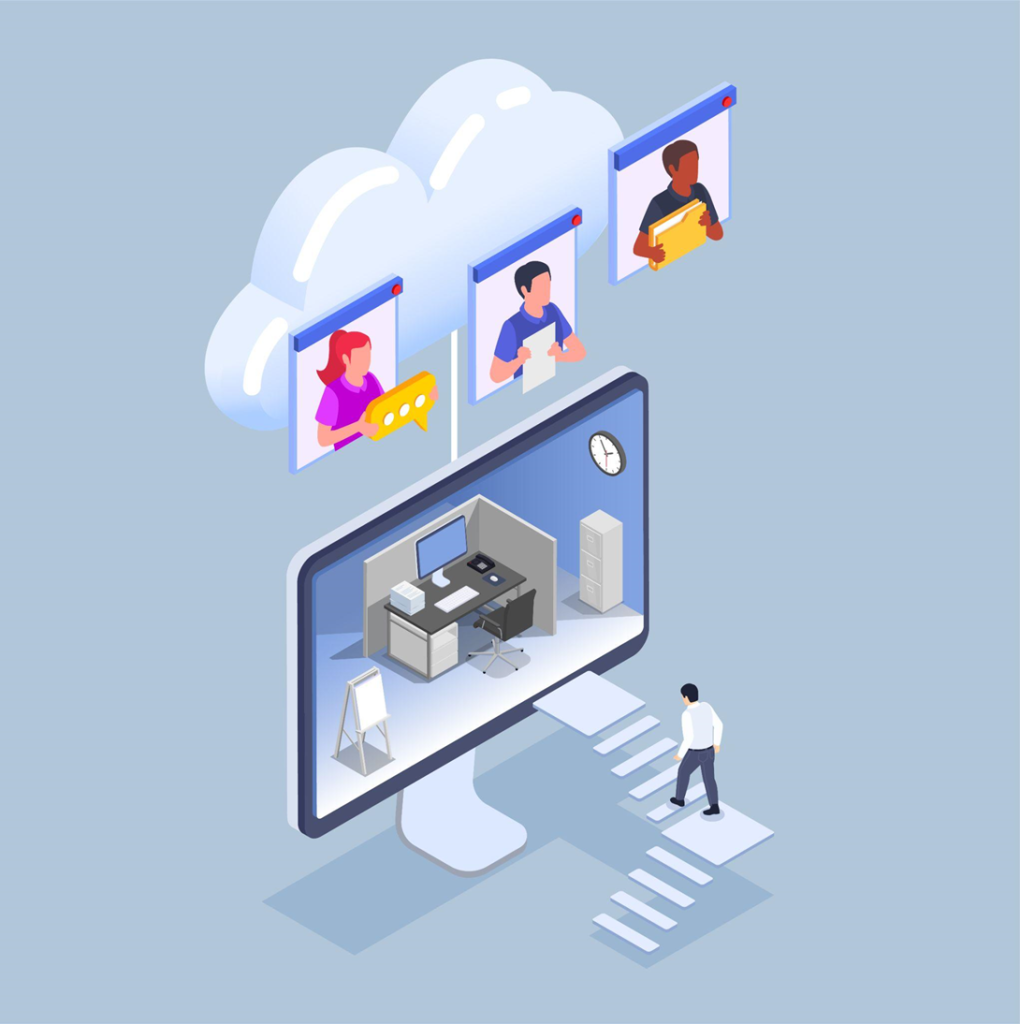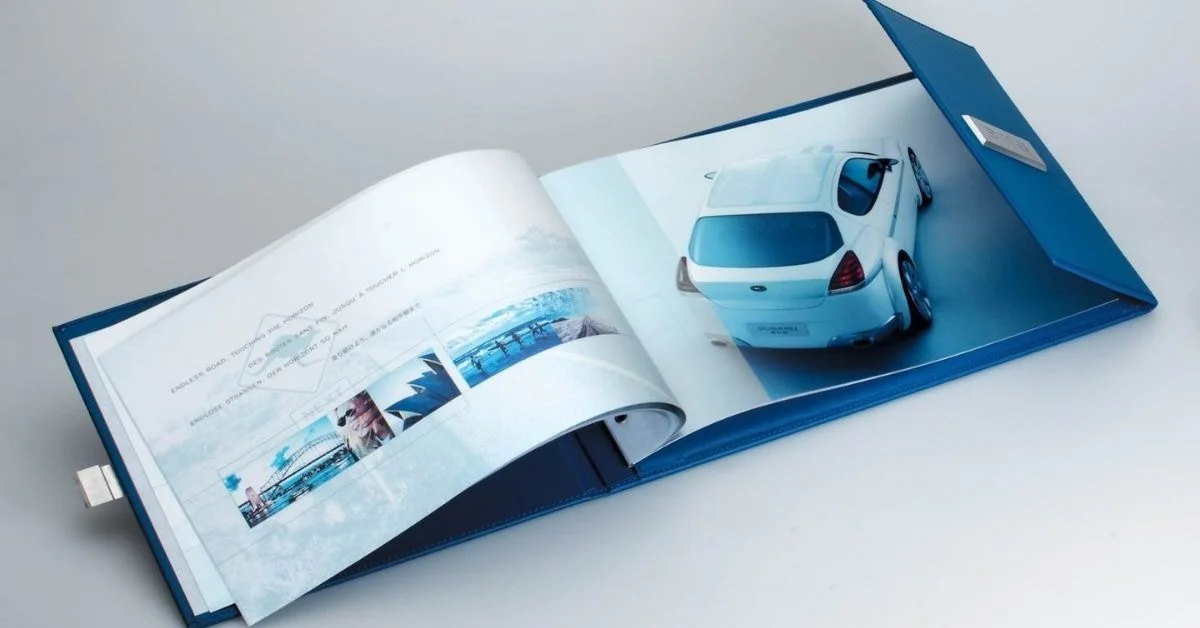Product design has a significant impact on how we interact and perceive the environment around us on a daily basis.
Every aspect of our lives is influenced by the careful thoughts of designers who seek to create practical, aesthetically pleasing, and meaningful objects.
This article delves into the fascinating world of product design to see how it affects and enhances our daily lives.
- Functionality and Usability
Usability and functionality are fundamental concepts of product design. In order to completely match client expectations, skilled product designers thoroughly evaluate how a product will be utilized before modifying its features.
From enhancing the arrangement of a smartphone’s interface to sculpting the ergonomic curves of a chair, a product’s functionality holds the key to shaping its user experience and real-world utility.
When partnered with a reputable product design agency, these considerations blend seamlessly to create designs that effortlessly integrate into users’ lives.
- Aesthetics and Emotional Connection
Aesthetics are crucial for building an emotional connection with a product in addition to being useful.
Through aesthetically attractive designs, one can elicit positive feelings and strengthen bonds between the customer and the product. Astonishment and a strong emotional reaction can be evoked by the exquisite contours of a high-end automobile or the subtle elegance of a smartphone’s design.
Beyond the immediately apparent, the interplay of aesthetics changes perceptions and creates an ever-lasting impression by skillfully combining customers’ emotions.
- Sustainability and Environmental Impact
Environmentally responsible design is critical in today’s society. More and more inventive products are being made using recyclable materials, energy-efficient technologies, and sustainable materials.
Designing products sustainably reduces their negative environmental effects and promotes ethical manufacturing and consumption.
This comprehensive approach encourages a shift toward eco-friendly design choices and considers the environmental impacts of product lifecycles.
- Innovation and Technological Advancement
Technology and innovation are dynamically driven by product design. Designers routinely add new functions and features, going beyond what is practical.
Ingenious product design is shown to be the driving force behind the technological adventure as smartphones and wearable technologies evolve and take us into unknown spheres of possibilities.
This crucial function propels our interconnected world ahead by redefining the boundaries of human engagement with technology.
- Cultural and Social Influences
The fabric of culture and society is closely intertwined with the design of products. Designers carefully take into account cultural conventions, mindsets, and tastes to create goods that appeal to various target markets.
The effect of cultural and societal environment profoundly shapes design decisions, from heirloom-quality furniture to cutting-edge kitchen equipment.
Such interaction not only guarantees that goods represent the ideals of their target audience but also prompts discussions and observations on how design captures the spirit of our constantly changing reality.
- Accessibility and Inclusivity
Designing for effect requires considering an extensive range of human needs. Making sure that products are accessible to individuals with all abilities is the cornerstone of inclusive design.
Whether it’s a user-friendly digital interface or a publicly accessible area, inclusive product design enhances everyone’s quality of life rather than just some specific groups of people.
It highlights the idea that, through embracing human variation, meaningful design ought to naturally become a part of everyone’s life, regardless of their unique situation.
- Enhancing User Experience
The enhancement of user experience is the primary objective of product design. A positive user experience is facilitated by harmonious user interactions, clear user interfaces, and smart features.
User-centric design creates memorable experiences that have a lasting impression, whether it is the simple functioning of a smartphone or the comfort of a well-built chair.
Together, design and usability create an amicable relationship between users and the goods that seamlessly enter their lives, paving the way for enjoyment and resonance.
- Economic Impact and Market Demand
Market demand and economic dynamics are greatly influenced by product design. Well-designed products can generate demand and alter the course of whole sectors in addition to meeting customer requirements.
An excellent product has the power to establish trends, shape consumer behavior, and even expose untapped markets. Product designers promote economic expansion, the creation of jobs, and business success by filling in the gaps and ascertaining consumer preferences.
As evidenced by the fact that a product’s success often depends on its capacity to engage consumers, spur purchases, and launch new markets, design has a significant effect on how we live our lives and the economy as a whole.
Conclusion
Product design is both an art and a science, altering the shapes of our lives, work, and connections with the environment meticulously.
Every aspect of design, from aesthetics to usability, sustainability, and inclusion, has a big impact on how we live our everyday lives.
Customers become beneficiaries of designers’ intentional and creative efforts rather than merely being the users of products.
The ambition to enhance our lives while encouraging efficiency and relevance is the cornerstone of a symbiotic relationship between the human experience and the continually developing field of design.










